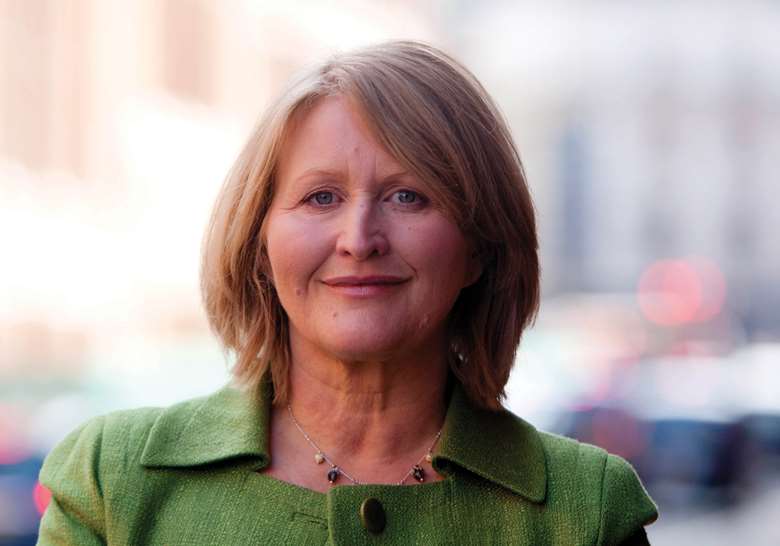Longfield calls on councils to improve stability for children in care
Joe Lepper
Thursday, May 31, 2018
Children in care are being moved around too much, with the proportion who have experienced a change in school, home or social worker within a year all rising, the children's commissioner for England has warned.

Anne Longfield's annual Stability Index 2018 found that 53,000 looked-after children (74 per cent of the total children in care population) had experienced a change in their placement, school or social worker during 2016/17.
This is an increase on results from the previous year's index, the first time the figures were compiled, which found that 50,011 looked-after children (71 per cent of the total children in care population) had experienced instability across at least one of these three areas of their life in 2015/16.
The index has been created by Longfield to encourage councils to improve stability for children in care.
The latest findings show that 2,400 children (six per cent of all children in care who attend school) experienced a placement and school move as well as a change of social worker in 2016/17 and a further 9,000 children experienced two of these changes.
With two years' worth of data, Longfield has also been able to show the extent to which children in care face continued instability over a longer period of time.
More than 3,000 children (six per cent of all children in care) experienced four or more placement moves during 2015/16 and 2016/17.
Among children in care enrolled at school, around 1,600 (four per cent of all children in care) experienced a school move two years in a row.
Nearly 4,400 children (six per cent of all children in care) experienced multiple social worker changes two years in a row.
Older children, who entered care from ages 12 to 15, were found to be especially at risk of instability, particularly over a long period of time. Among this group seven per cent had experienced multiple placement moves two years in a row, compared with one per cent of children who enter care under the age of four.
"Every day I hear from ‘pinball kids' who are being pinged around the care system when all they really want is to be settled and to get on with normal life," said Longfield.
"These children need stability, yet far too many are living unstable lives, in particular children entering care in their early teens. This puts them at greater risk of falling through the gaps in the schools system and opens them up to exploitation by gangs or to abuse."
She added: "I am worried that the system has given up on the hundreds of children bouncing around from one poor school to another. I want all local authorities to make reducing instability a priority and to measure it."
Longfield is also calling on Ofsted to ensure stability of children in care is part of Ofsted inspections and wants the Department for Education (DfE) to start asking councils for data on placement, school and social worker stability.
The Local Government Association (LGA) and the Association of Directors of Children's Services (ADCS) said the findings need to be placed against a backdrop of funding cuts and increasing demand from a rising care population.
"Clearly there is more that can be done to make sure that every child has the positive experience of care that the majority receive, and we will ensure that these findings are shared widely with councils across the country, while supporting local areas to learn from good practice elsewhere," said LGA children and young people's board chair Richard Watts.
"But there is also a role for government to play, in supporting councils to provide the best possible experience for children in care, and it is disappointing the report makes little mention of this or recognises the funding pressures and demand facing council children's services."
ADCS president Stuart Gallimore added: "Any level of instability is a cause for concern, but it is important to consider these findings in context.
"Local authorities are looking after more children, many of whom have increasingly complex needs, with no commensurate additional government funding and no nationwide strategy to address the national shortage of foster carers or residential care placements. This is despite research indicating greater choice leads to greater placement stability."
Natasha Finlayson, chief executive of care charity Become, wants to see ministers and Ofsted take a tougher stance on councils who fail to tackle instability among their looked-after children population.
"The evidence that the care system is letting children down by failing to provide this stability for so many of them has been available for years, but as the children's commissioner's latest report shows, there is far too much complacency," she said.
"The commissioner says she wants local authorities to hold themselves to account for this, but I want to see the DfE and Ofsted holding them to account too. In a context of draconian cuts in public spending, many local authorities will not make the necessary changes unless they are under a legal or regulatory obligation to do so."




